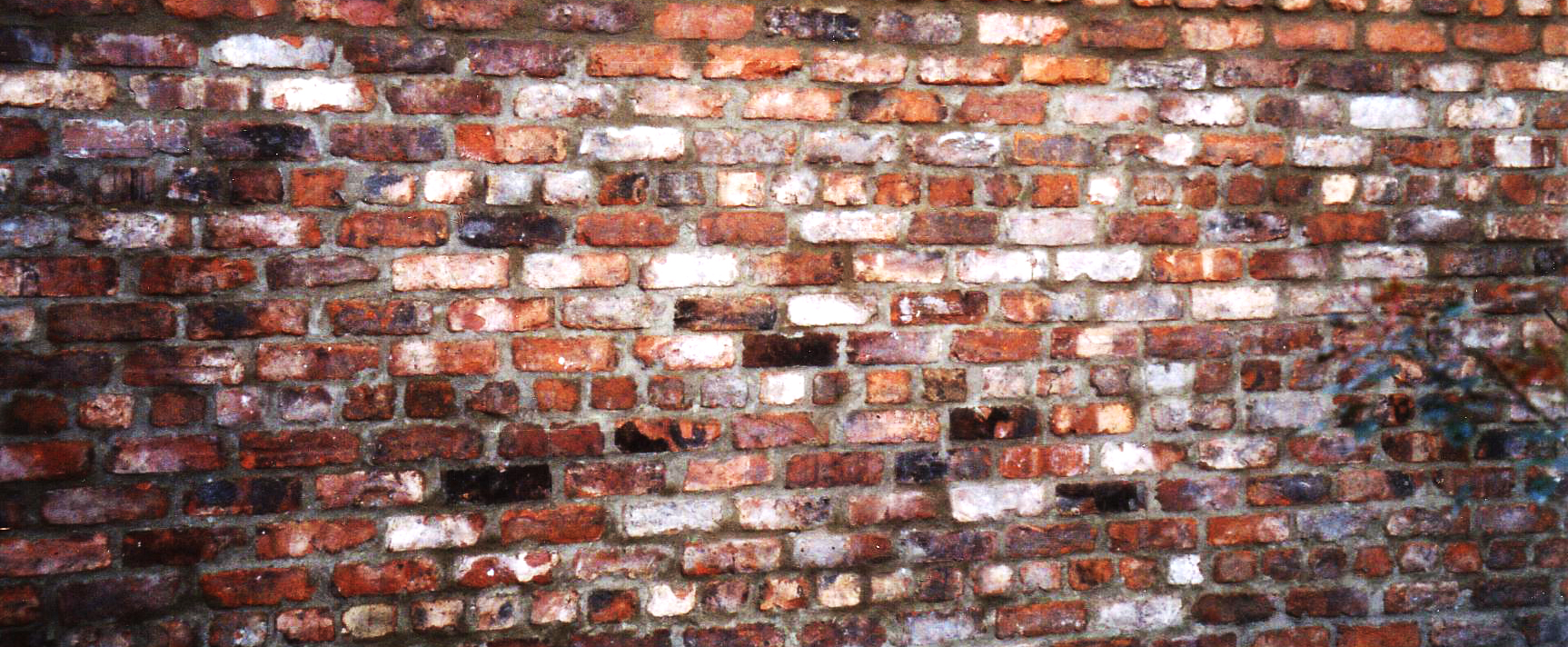-
Brick
A small regular building unit traditionally made from fired clay but occasionally concrete. They have been used for thousand of years in various sizes and still are available in a range of sizes; with different standard sizes in different countries. In addition to the normal cuboid shape bricks are also many other shapes available for…
-
STRI
This stands for the Sports Turf Research institute, though it now goes by the name STRI, which are based at Bingley in West Yorkshire. It was established in 1929 by the golf clubs to provide them with a research and advice service. By 1950 it had established itself an enviable reputation and had extended it…
-
Brick wall thickness

The convention for describing the thickness of a wall is relative to the length of a brick so goes like this. It may seem counterintuitive, and often causes confusion, but as its long established deviating from it will lead to even greater confusion. A ½ brick wall which was sometimes called a 4 inch wall…
-
Brickwork
This is anything constructed from bricks which are normally fired clay, yes we are really still building from mud! The small size of the individual bricks makes brickwork and incredibly flexible building material to make garden structures out of. A few points to note: The thickness of a brick wall is described relative to the…
-
Bond
This is a pattern that tied individual components together both structurally and visually and comes in a variety of styles including stretcher, Flemish, English, English Garden Wall, Herringbone and Random.
-
Subbase
This is a layer of crushed stone used under paving to form, in effect, a stable foundation for it and is found between the bedding course and the subgrade. It is made of stone which has been crushed and sieved stone to end up with a mixture of sizes from normally about 40 mm down…
-
Hard Landscaping
This tends to be used, principally in professional horticulture, to refer to the none plant parts of a garden. So landscaping an area would be divided into either hard or soft landscaping. Generally this doesn’t include the soil and compost but where there is a lot of earth moving that could be included in hard…
-
Soft Landscaping
This loose term is more frequently seen used within professional horticulture but simply means the soft things that grow ( i.e. plants) and the soil or compost they grow in. So it includes trees, shrubs, hardy perennials, grass, etc.. It generally doesn’t include vegetables grown purely for consumption, there are a number of very ornamental…
-
Landscaping
From the word landscape, originally landskip, which was an artist term referring to a country scene which was painted. Later the word was combined with gardening to give us landscape-gardening and this has been further contracted to landscaping. The term landscape-gardening only really can into use with the English Landskip movement of 18th century. It…
-
Selective Weed killer
Also called a selective herbicide. A weed killer that is more poisonous to some types of plants than others. Note that it selective weed killers are first weed killer, i.e. they kill all plants, and then the selective part is just how susceptible different plants are that particular chemical. Or to put it other way…



